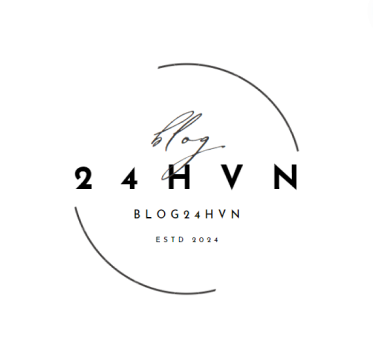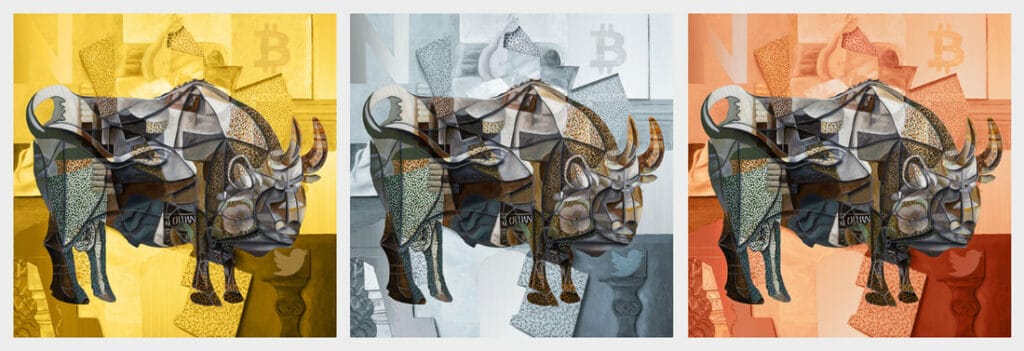
A Short History of Digital Art: Between New Technologies & Innovative Artistic Practices
In today’s world defined by technology, what does the term ‘Digital Art’ mean? We take a look at what the term actually refers to; how it differs from other contemporary art movements; who are the notable artists that have left a mark in the field and some of today’s most experimental digital mediums and innovative projects.
What is Digital Art?
Placed under the larger category of new media art, digital art is defined as any creative practice that uses digital technology as an essential part of the artistic process. Just like traditional fine art, digital art offers multiple mediums and styles that artists can use to express themselves, from digital photography, computer graphics and pixel art to more experimental mediums such as AI-generated art and AR art, everything goes in the spectrum of digital art. Involving techniques that are not distinctive of creative expression only, digital art is ever-evolving and radical in the way it is produced, distributed, and viewed.
But not only does digital art employ different electronic technologies, it also results in a digital final product, be it a vector image, an Adobe Photoshop collage, a virtual environment, or an NFT, just to mention a few. As digital technology has become inextricably intertwined with everyday existence and continues to advance, new artistic avenues open up and the artist’s toolbox is today wider than ever.

A Short History of Digital Art
Although the first digital art experiences date back to the 1980s, its roots can be traced back to the 1960s with artists such as Frieder Nake, the group EAT (Experiments in Art and Technology), and Allan Kaprow exploring the relationship of man and machine in the artistic realm and, especially the latter, envisioning a world of unbounded communication and interconnectedness. Similarly, in the 1970s pioneering video artist Nam June Paik envisioned a future of boundaryless communication and coined the iconic expression “electronic superhighway.” It was in the early 1980s, however, that an artist Harald Cohen with a group of engineerings invented a paint program named AARON: a robotic machine designed to make large drawings on the sheet of paper placed on the floor. Initially, the machine was creating abstract drawings, then those turned more representational over time and the machine was able to imitate shapes from nature. In the ’90s, AARON also started to implement color to the drawings. Even though Cohen was always very careful not to claim AARON’s creativity but rather his own, considering the machine just as a tool for his own expression, his program is now considered as a harbinger of what we know today as Artificial Intelligence.
In the 1990s, with the introduction of the personal computer, the improvements in digital technology, and the emergence of the internet, not only did these developments provide artists with further creative freedom but also offered new ways to experience art with a growing interest in the interactive nature of their creative output.

Link nội dung: https://blog24hvn.com/digital-arts-a42476.html